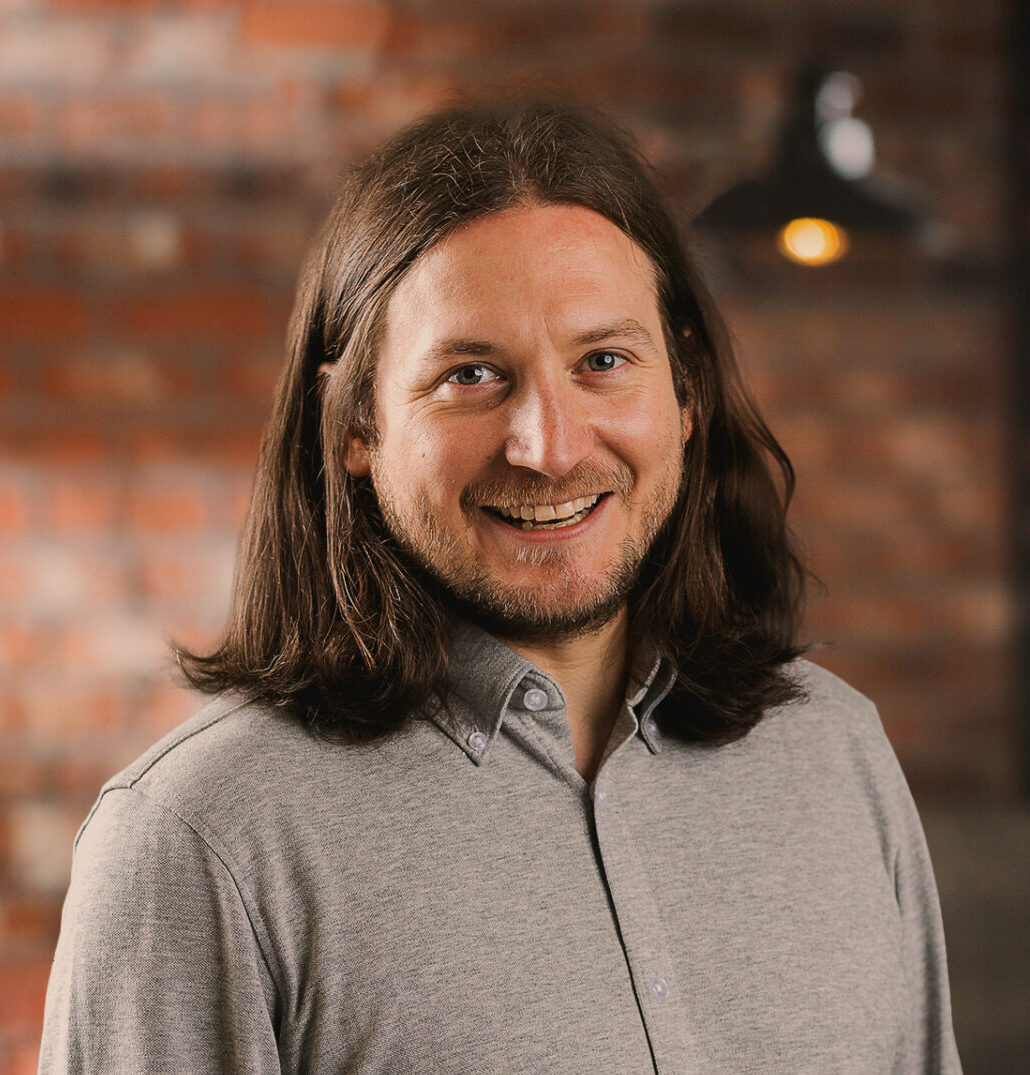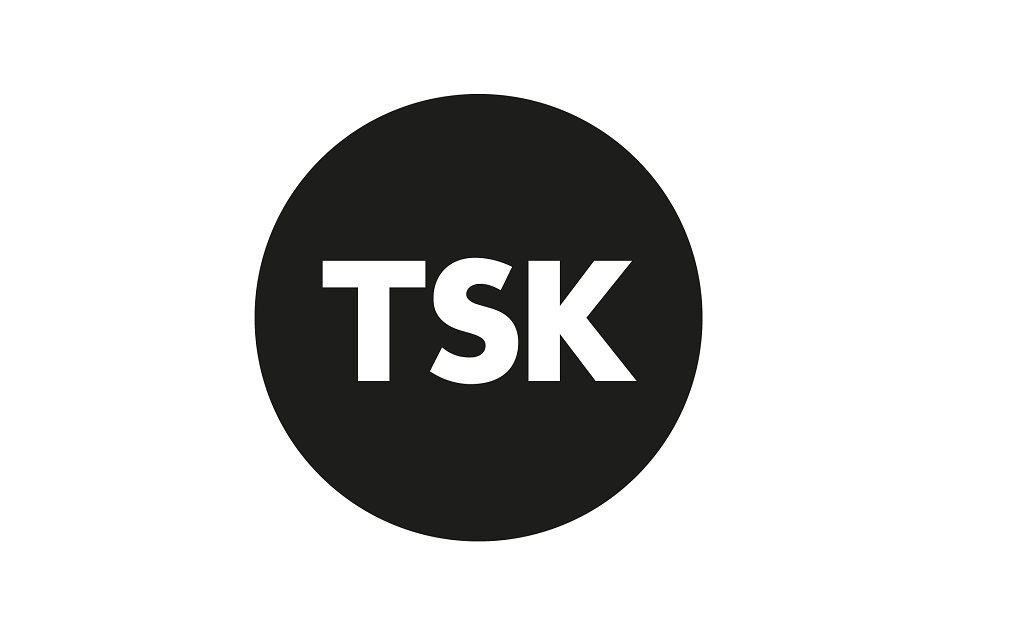Empowering employees to become decision-makers
Organisations have always had to flex and flux: not only to keep things ticking over during periods of ‘business as normal’ but also to thrive during times of uncertainty and transition. There are many ways to build in this flexibility, but one of the simplest and most effective is autonomy: empowering employees to co-create and take decisions into their own hands.
Empowering autonomy involves shifting power from the top of an organisation to frontline employees, allowing them to drive the business forward while catering to their unique needs, preferences and working styles.
In this article, we’ll look at the power of empowerment and how design influences autonomy.
The power of empowerment
Recent years have seen a dramatic shift in people’s attitudes towards work. Employees now seek more control over their work experience, with flexibility and hybrid working becoming basic expectations. Embracing these trends can be highly beneficial. Research by Gartner demonstrates a direct link between productivity and empowerment¹.
Organisations can enhance productivity by adopting a human-centric approach, offering people greater control over their work activities and environment. The more you invest in your workforce, the more they give back.
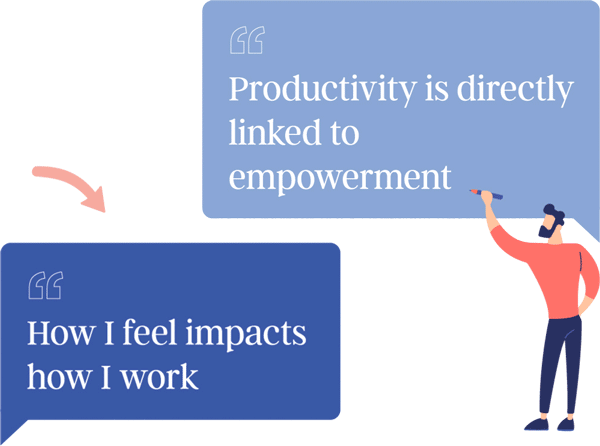
What happens when employees are empowered?
People who make their own decisions will likely feel more control over their futures. A sense of agency and purpose goes a long way to creating a better working environment. It can even yield organisation-wide benefits like increased engagement, improved productivity and higher levels of job satisfaction.
What are the risks of not empowering employees?
Employees who don’t feel valued will vote with their feet, and with the job market the way it is, losing talent to competitors should be a real concern.
82% of employees say it’s important to be seen as a person, not just an employee
Only 45% of employees believe their organisation actually sees them this way
50% of HR leaders expect increased talent competition over the next six months
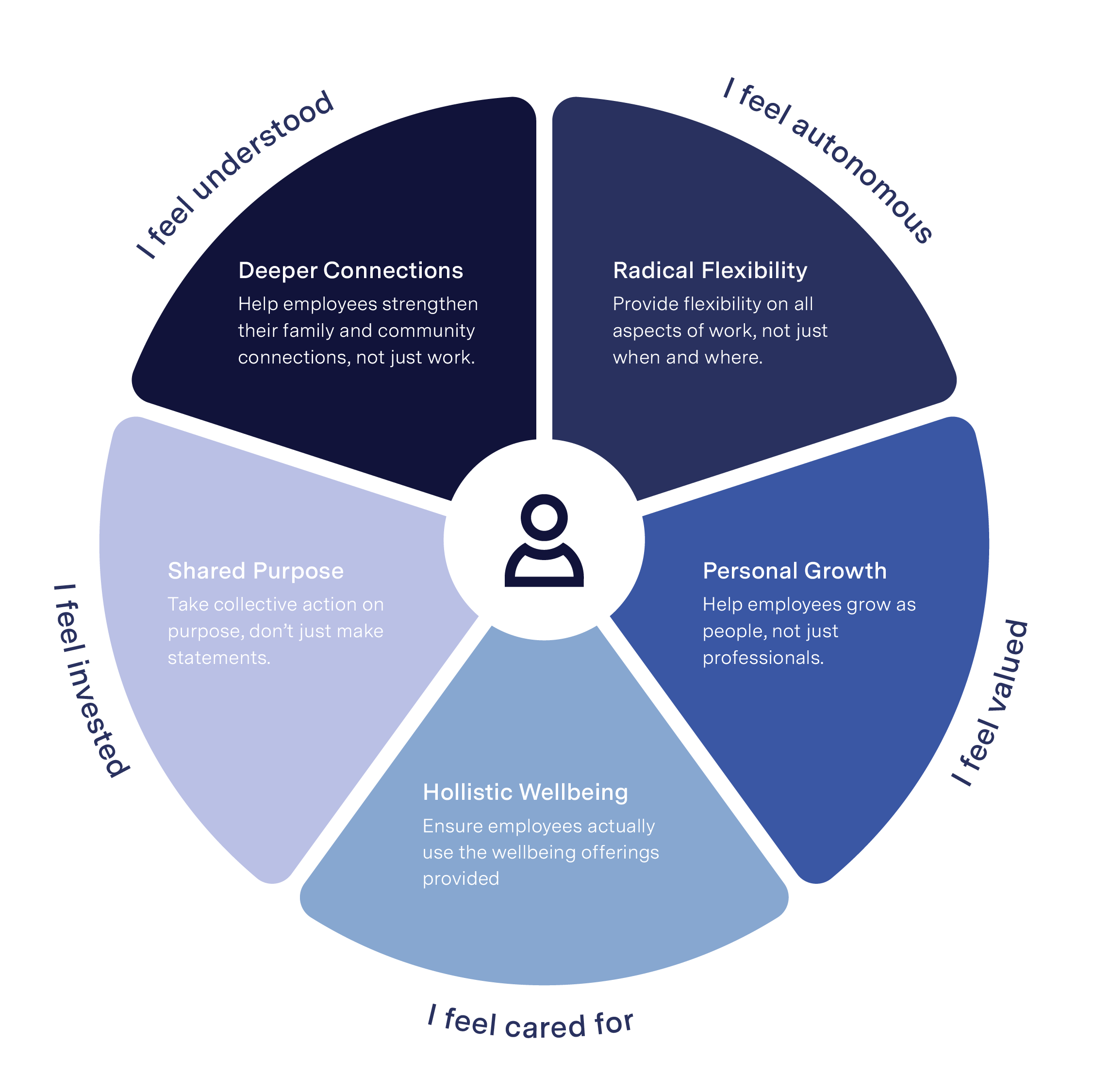
How workplace design empowers autonomy
Workplace design plays a pivotal role in empowering autonomy and enabling people to take control over their work environment. By embracing co-creation, organisations can shape meaningful spaces that truly cater to the needs of their modern workforce.
To create a magnetic office that people are drawn to, the space must go beyond functionality. It should offer employees choices and an experience that makes the commute worthwhile.
By involving employees in the decision-making process, organisations can ensure their spaces are a true reflection of their people. This newfound motivation becomes a driving force, turbocharging productivity, innovation and overall wellbeing.
We’ve helped many businesses make this shift. Here are two fantastic examples.
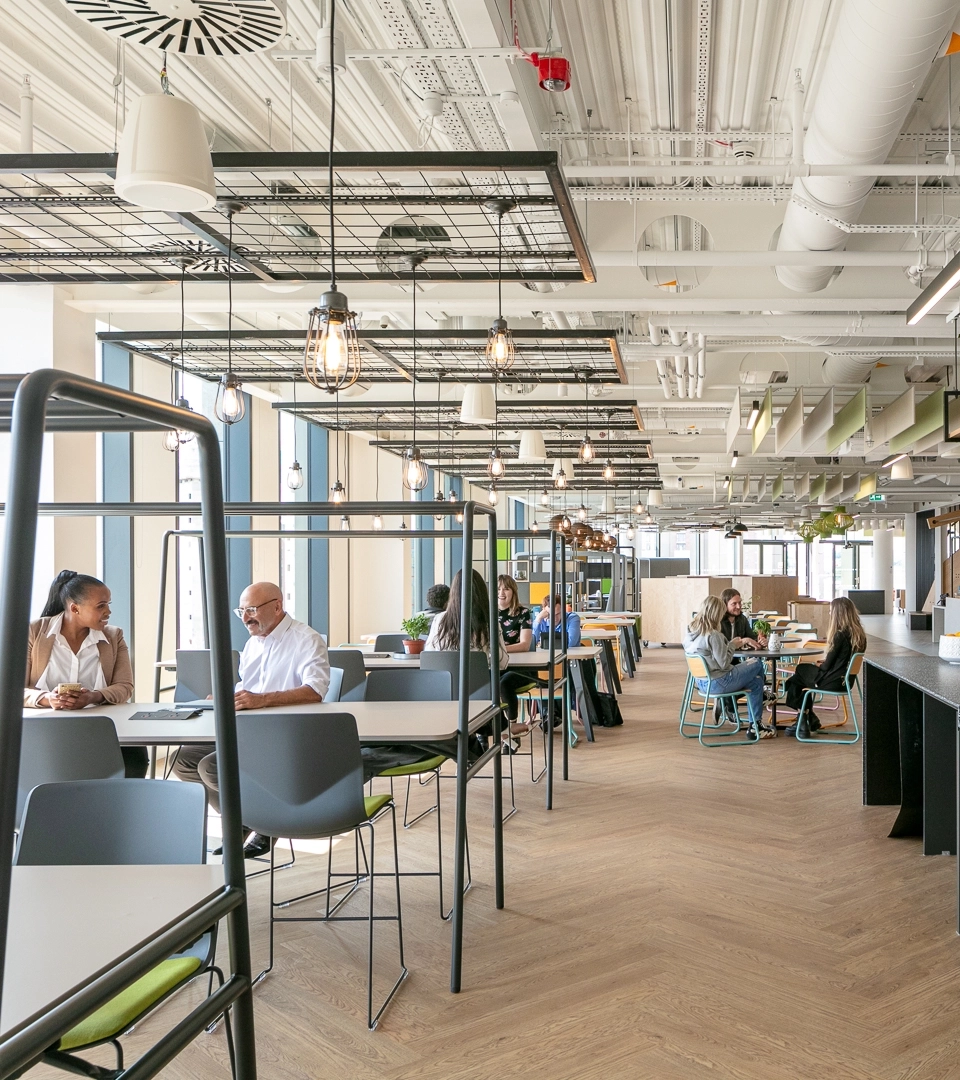
In action: Flutter Entertainment
Global gaming giant Flutter Entertainment is known for its portfolio of leading international brands, including Sky Betting & Gaming, Paddy Power, PokerStars and Betfair. Flutter moved their 1,400+ staff members from No. 2 and No. 6 Wellington Place into one building to establish unity between different brands and build an office fit for the future.
The new environment means employees can change their space on demand to suit a particular purpose and activity. To better achieve this, spaces were shaped for both independent or collaborative work, with workbenches, quiet pods, sit/stand desks, digitally enabled meeting spaces and separate ‘zen zones’ for relaxation.
Against the status quo, over 20% of the entire office is dedicated to non-working areas (for socialising, relaxing and recreation) to encourage a ‘one-team dynamic’ and connect people on a deeper level through social activities. The look, feel and flow of each floor is influenced by the function it’s required to perform.
In action: Arrow Global
Arrow Global is a leading European investor and alternative asset manager specialising in non-performing and non-core assets. The nature of their business, which employs over 2,500 people across five countries, necessitated a holistic approach to the return to the workplace, one informed by local conditions and governed by a central vision for the group’s workspaces.
Typical office use means a minimum of 40% of desks are empty every day. The traditional model with rows of desks doesn’t work for everyone. We helped Arrow understand roles are more fluid and that acknowledging the blend of their staff would help their people make their own decisions.
We created a flexible measurement approach – not a fixed 10-year strategy – to help Arrow optimise their offices in real time. Enabling teams to think of their office as just one of a variety of locations to work from (both physical and digital) is part of a mindset we’re increasingly seeing progressive organisations like Arrow employ. This provides opportunities to drive cost-effective solutions when it comes to the physical workplace and reframe the space available for colleagues to feel comfortable and productive.
This excerpt has been taken from the Workplace Transformation Guide by TSK Group. Access your copy now to find out more about leading a successful workplace transformation.
Selected industry experts bring you insight and expert advice, across a range of sectors.
Subscribe for free to receive our fortnightly round-up of property tips and expertise
Selected industry experts bring you insight and expert advice, across a range of sectors.
Subscribe for free to receive our fortnightly round-up of property tips and expertise
